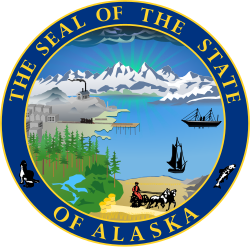Results by district
Only candidate's last names are listed on the official general election returns.
District A
District A was an at-large district covering all of the southeastern districts, those being state senate districts B-D and representative districts 1–6. It elected 2 members of the Senate.
District B
District B covered state representative districts 1–2. The final results returned a tie, so the Democratic state senate resolved the tie by seating Democratic candidate Bo Smith.
District C
District C covered state representative districts 3–4.
District D
District D covered state representative districts 5–6.
District E
District E was an at-large district covering all of the southcentral districts, those being state senate districts F-I and representative districts 7–14. It elected 2 members of the Senate.
District F
District F covered state representative districts 7–8.
District G
District G covered state representative districts 9–10.
District H
District H covered state representative districts 11–12.
District I
District I covered state representative districts 13–14.
District J
District J was an at-large district covering all of the central districts, those being state senate districts K-M and representative districts 15–20. It elected 2 members of the Senate.
District K
District K covered state representative districts 15–16.
District L
District L covered state representative districts 17–18.
District M
District M covered state representative districts 19–20.
District N
District N was an at-large district covering all of the northwestern districts, those being state senate districts O-P and representative districts 21–24. It elected 2 members of the Senate.
District O
District O covered state representative districts 21–22.
District P
District P covered state representative districts 23–24.
This page is based on this
Wikipedia article Text is available under the
CC BY-SA 4.0 license; additional terms may apply.
Images, videos and audio are available under their respective licenses.

